
ELECTION RESULTS:
YES: 79.12% (36,713) | NO: 20.88% (9,688)
Video Presentation | Election Handout
Ballot Language
"Shall the City of Lee’s Summit, Missouri, issue its general obligation bonds in the amount of $14,500,000.00 for the purpose of making public safety improvements including (a) the acquisition and installation of new emergency services radio equipment and related infrastructure (with interconnections for public safety and other operations of the City), (b) the acquisition, construction, furnishing and equipping of a new fire station to replace Fire Station No. 3, and (c) the acquisition of fire equipment and apparatus?"
a) EMERGENCY SERVICES CONNECTIVITY: $8.5M
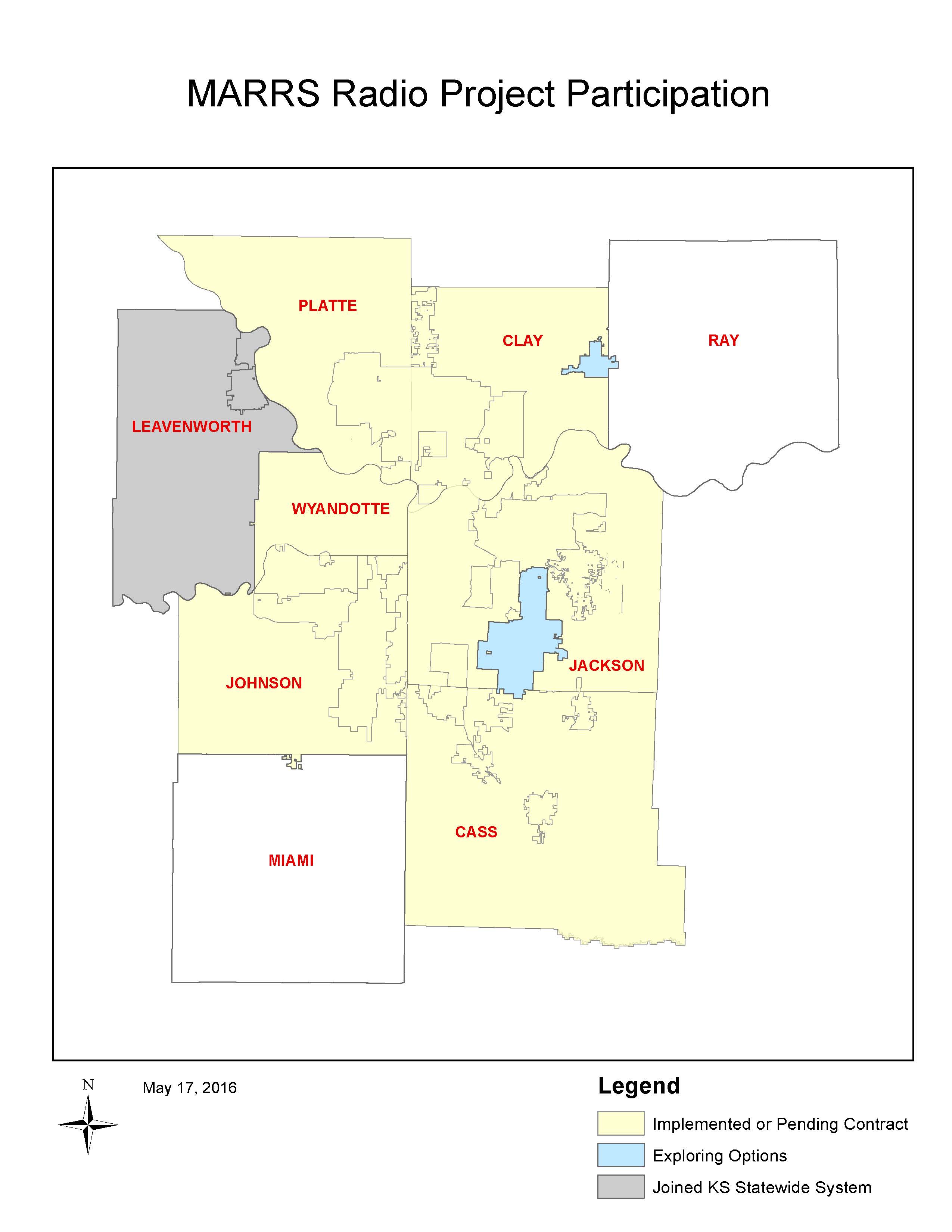
RADIO SYSTEM UPGRADE
Lee's Summit's emergency radio system is analog and is one of the last major regional jurisdictions that is not a part of the Metropolitan Area Regional Radio System (MARRS). MARRS is a consortium of 700 MHZ and 800 MHZ trunked radio systems in the Mid-America Regional Council (MARC) region that comply with APCO Project 25 standards and with Inter Sub-system Switch Interoperability (ISSI) standards.
MARRS digital, interoperable system allows radio users the ability to seamlessly roam and have voice communications throughout the service area and to communicate directly to all participating agencies. Lee’s Summit’s current radio system does not provide this coverage and requires a third party connection through dispatchers to transfer messages to and from other agencies during incidents. MARRS would provide Lee’s Summit with increased system redundancy including back-up communication towers and public safety dispatch.
This bond election would provide funding to upgrade our current system to digital and connect to the regional emergency system (MARRS). This would increase our interoperability and improve communications during incidents.
Additional Resources: Interoperability Fact Sheet | MARRS Participation Map
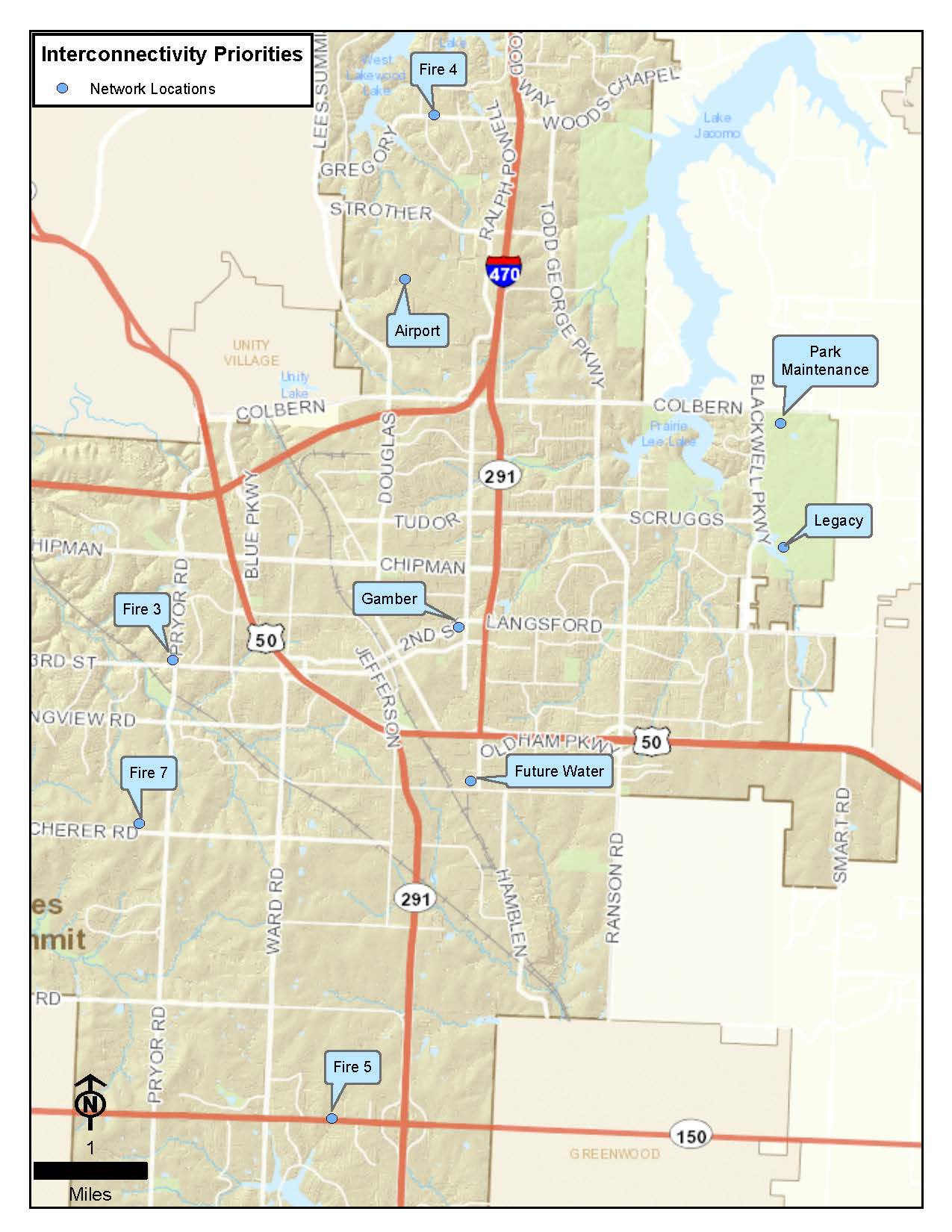
NETWORK CONNECTIVITY
Currently, portions of the City's network connectivity are unreliable. These network segments are using equipment that is beyond its end of life, and no longer supportable for maintenance and upgrades. These segments have an increased failure rate, causing network slowdown and outages. These outages affect both network computer access and business telephone availability at sites, including: fire stations, municipal airport, water facilities, parks, and others.
The funds from this "No-Tax Increase" bond election would allow for the acquisition and installation of wireless and fiber connections to the above facilities and more. These connections would increase system reliability and reduce outages. The target is to provide connection speed near 5Mbps per active device.
Additional Resources: Network Backbone Map
b) REPLACE FIRE STATION NO. 3: $5M
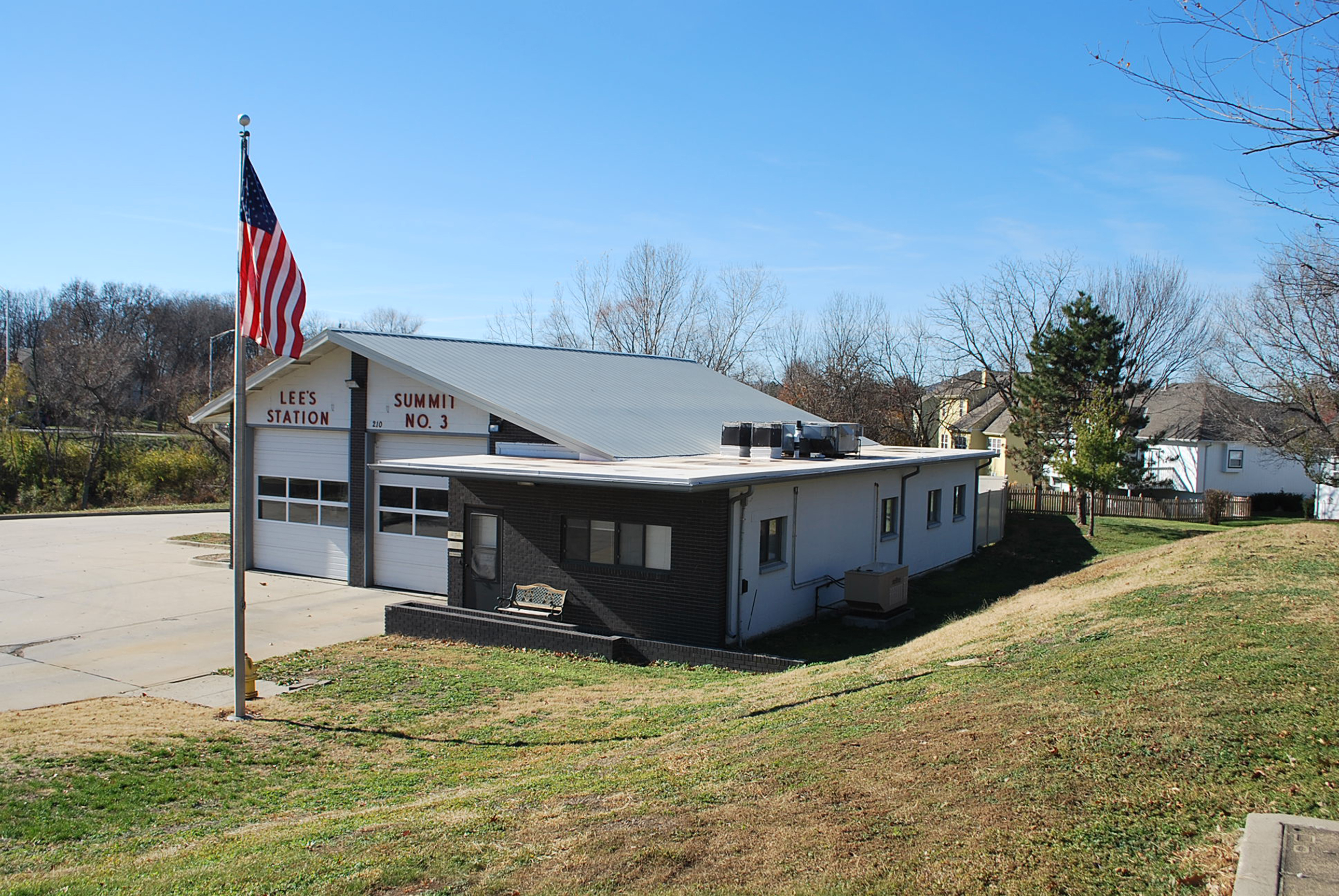 Fire Station No. 3 was built in 1970 on .675 acres and is located at the intersection at 3rd Street & Pryor Road.
Fire Station No. 3 was built in 1970 on .675 acres and is located at the intersection at 3rd Street & Pryor Road.
The area is located in the west central quadrant, which is considered a high-demand area with even more development anticipated (identified in Community Risk Standards of Cover). The building lacks adequate space for personnel, equipment and space to house an ambulance. In order to meet demands, ambulances from Headquarters, located at 207 SE Douglas St, and Station No. 7, located at 2150 SW Scherer Rd, are required for ambulance responses. The lot does not allow for room to expand and is located off a major intersection which provides poor egress.
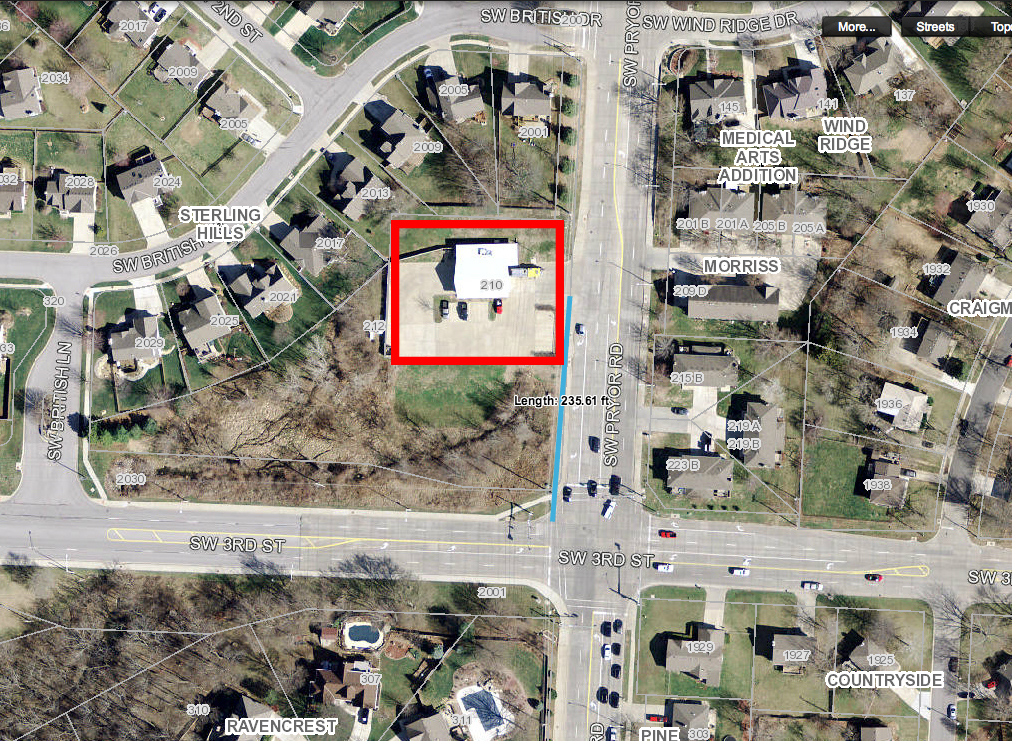
The City is evaluating areas for the new home of Fire Station No. 3, but no site has been identified. The new building will be designed with future needs and demand for services in mind.
c) FIRE EQUIPMENT AND APPARATUS: $1M
The "No-Tax Increase" Bond Issue also includes funding to replace 85 self-contained breathing apparatus known as SCBAs or "air packs" and other fire equipment. The air packs provide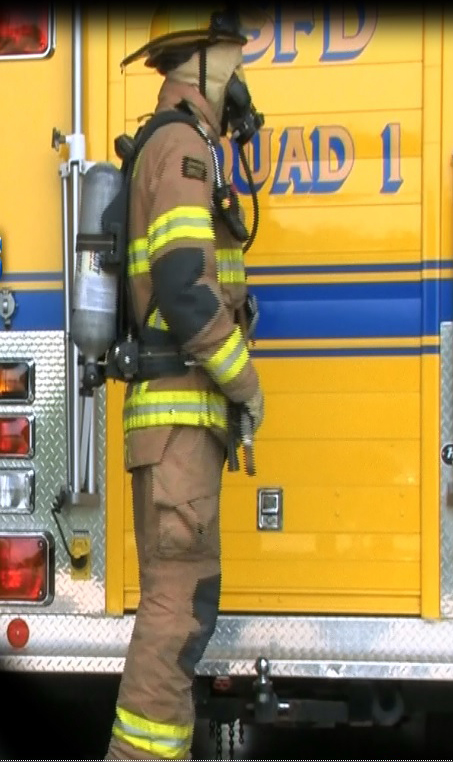 fresh air to firefighters during a fire, smoke-filled or other hazardous environments. The air pack is secured to the back of the user with shoulder straps and a waist belt. An audible sound, as well as a display in the face mask, alerts the user to the amount of remaining air in the bottle. The new model will have more breathing air capacity to allow firefighters more time. The new standard also informs the user when the bottle is 1/3 full as opposed to 1/4 full in the existing units.
fresh air to firefighters during a fire, smoke-filled or other hazardous environments. The air pack is secured to the back of the user with shoulder straps and a waist belt. An audible sound, as well as a display in the face mask, alerts the user to the amount of remaining air in the bottle. The new model will have more breathing air capacity to allow firefighters more time. The new standard also informs the user when the bottle is 1/3 full as opposed to 1/4 full in the existing units.
The current 85 packs are ten years old. Industry standards require the replacement of this equipment within 2 revision standards, which generally occurs every ten years.
As funds are available, other equipment to be purchased include the installation of diesel exhaust capture systems in each fire station. This system removes unwanted diesel emissions from fire trucks and ambulances, providing for clean and safe air for fire personnel.
Additional Resources: Diesel exhaust in Fire Stations